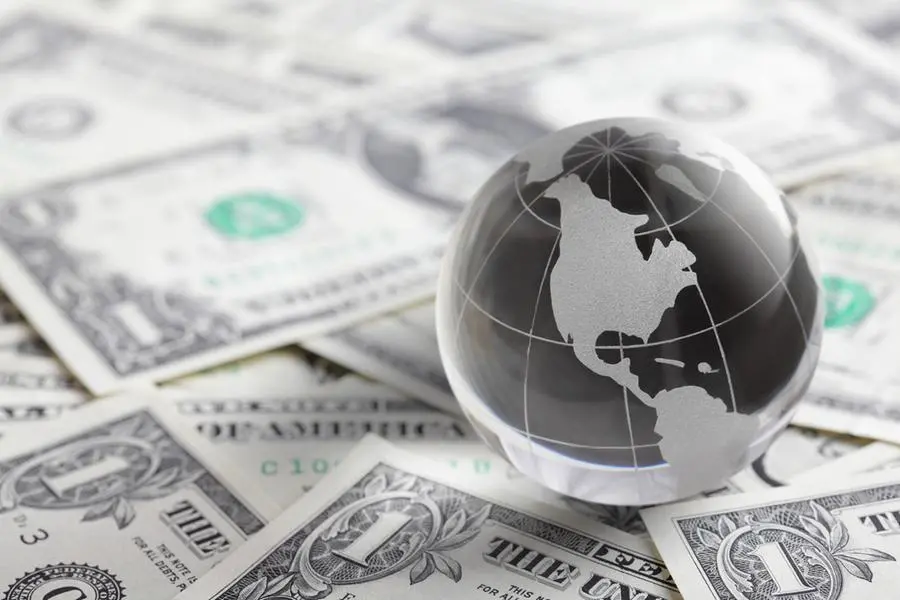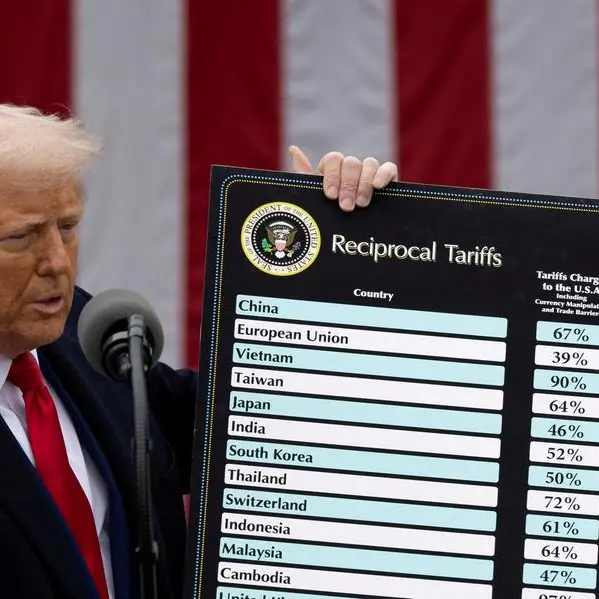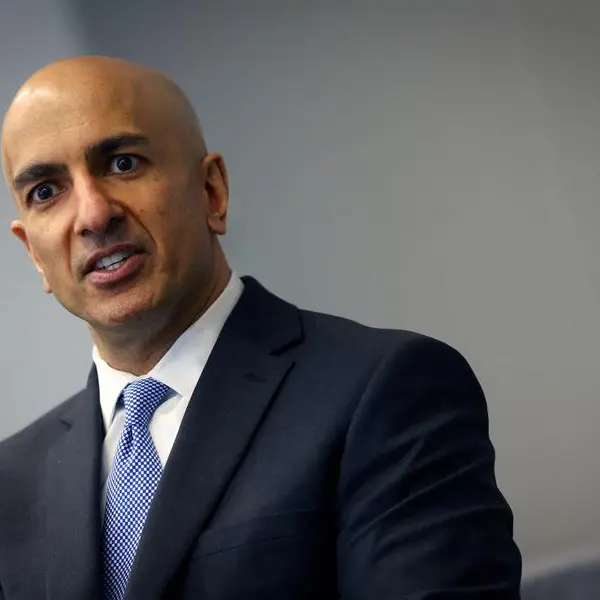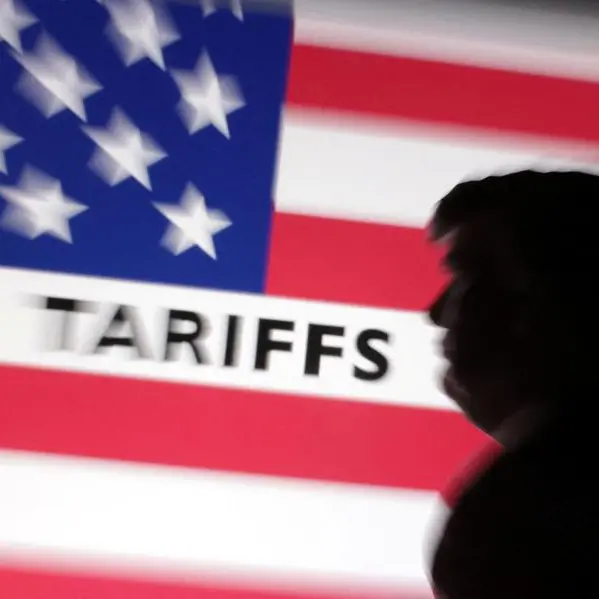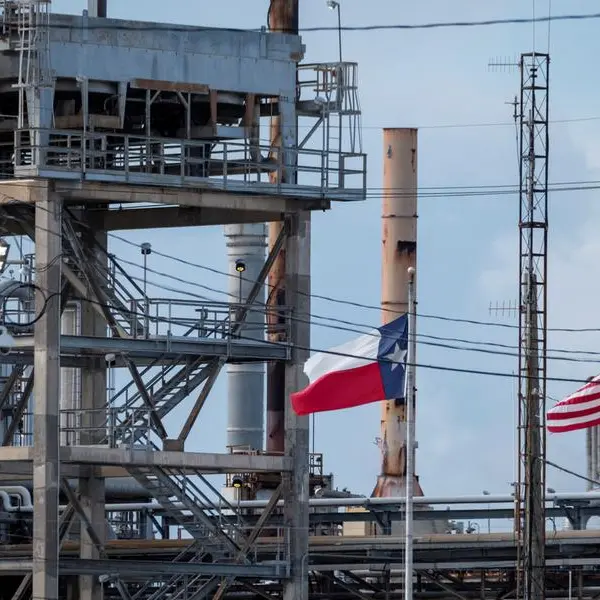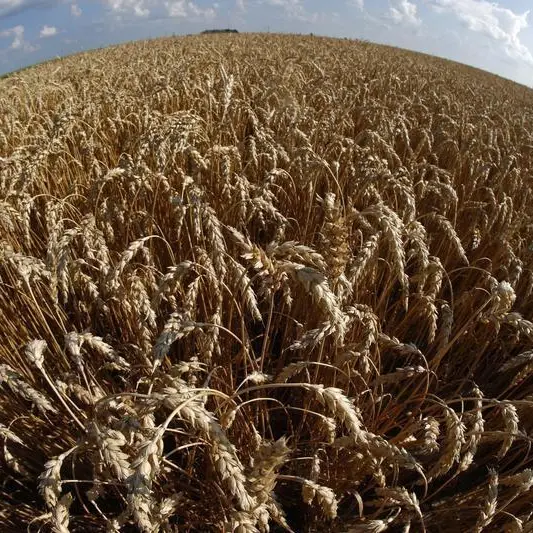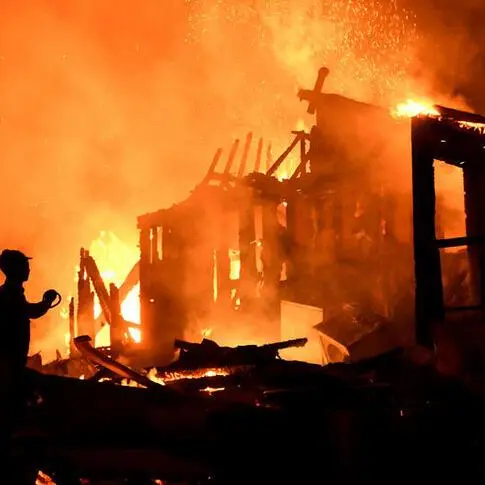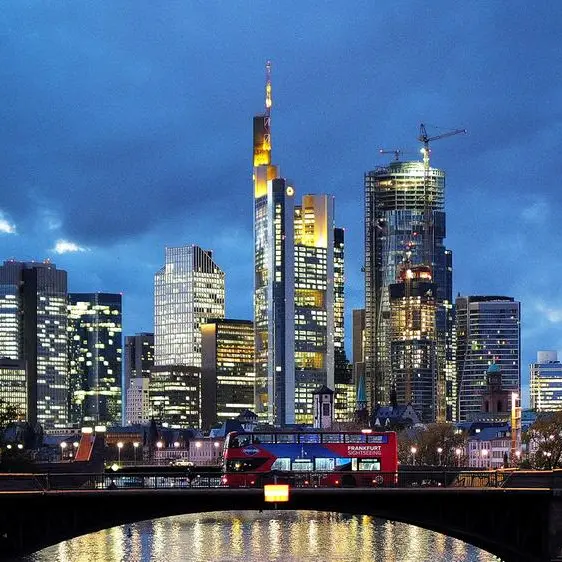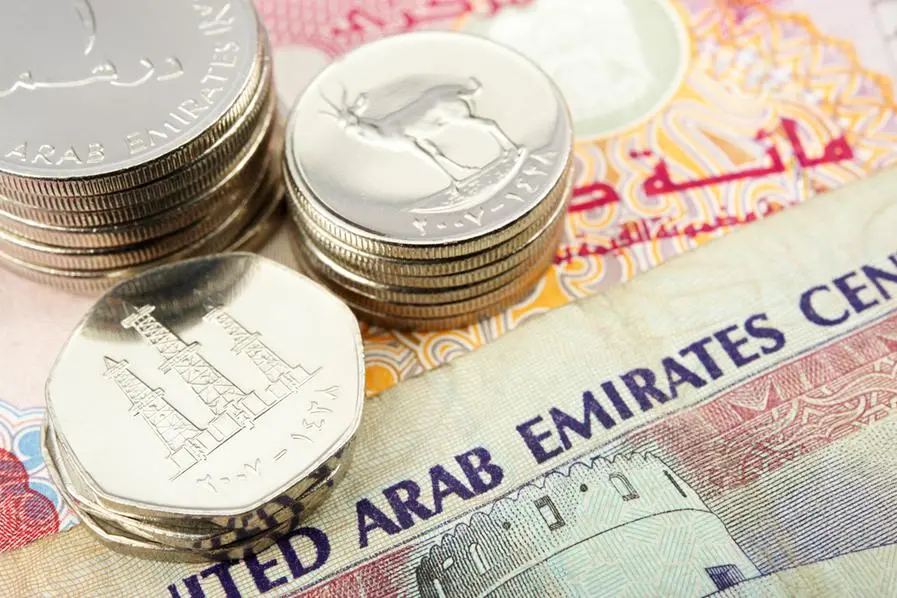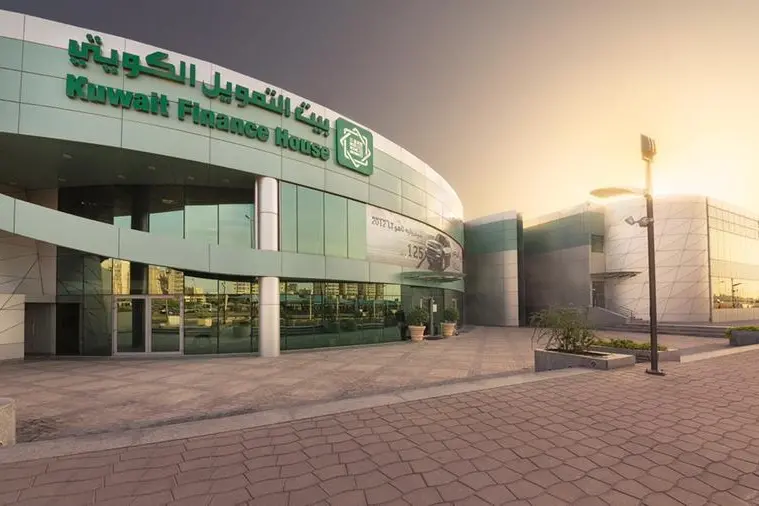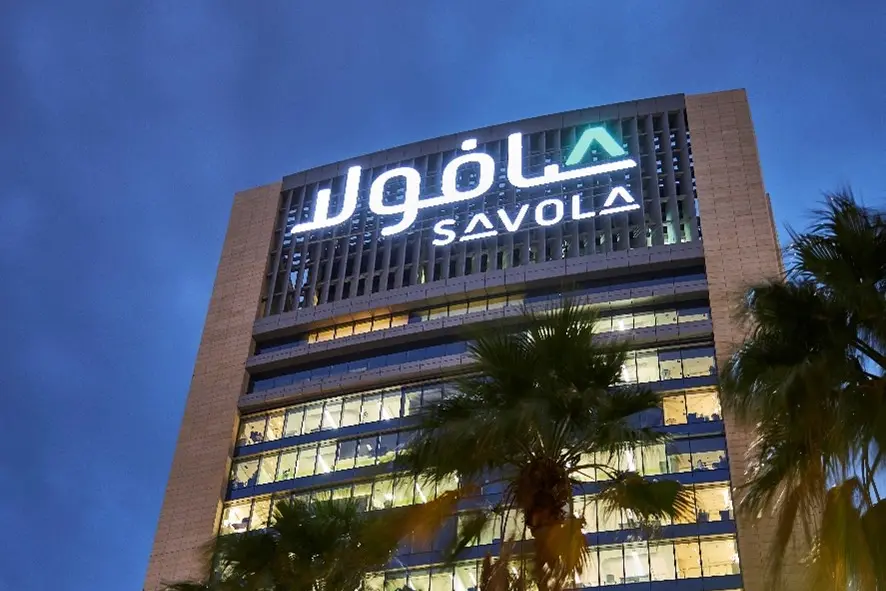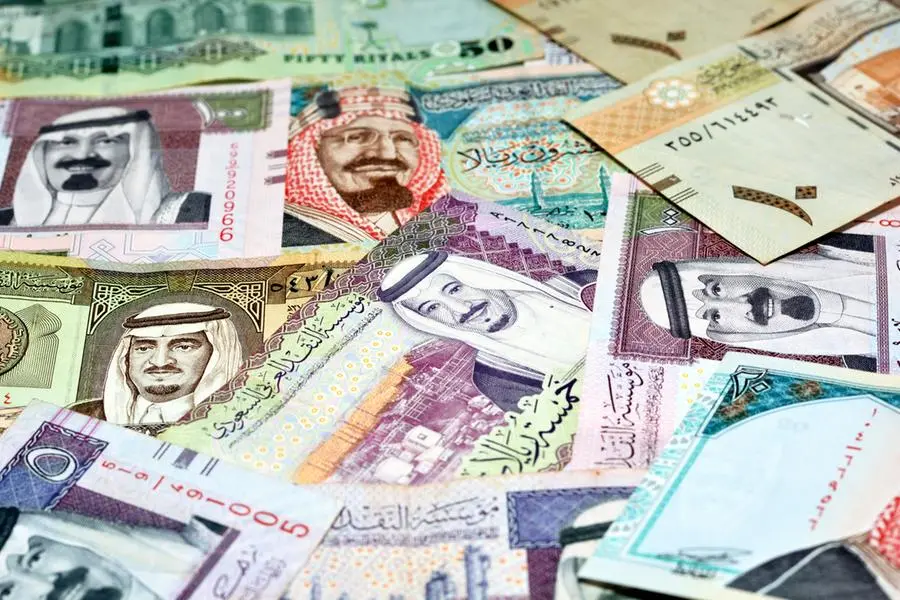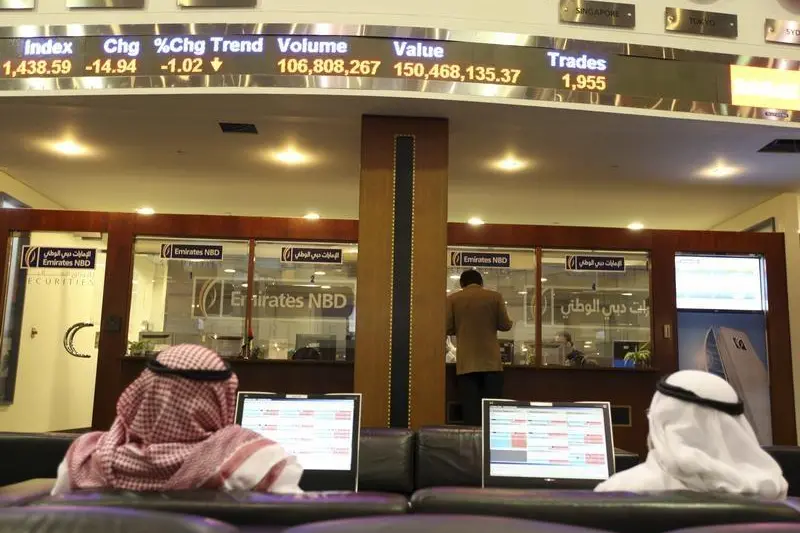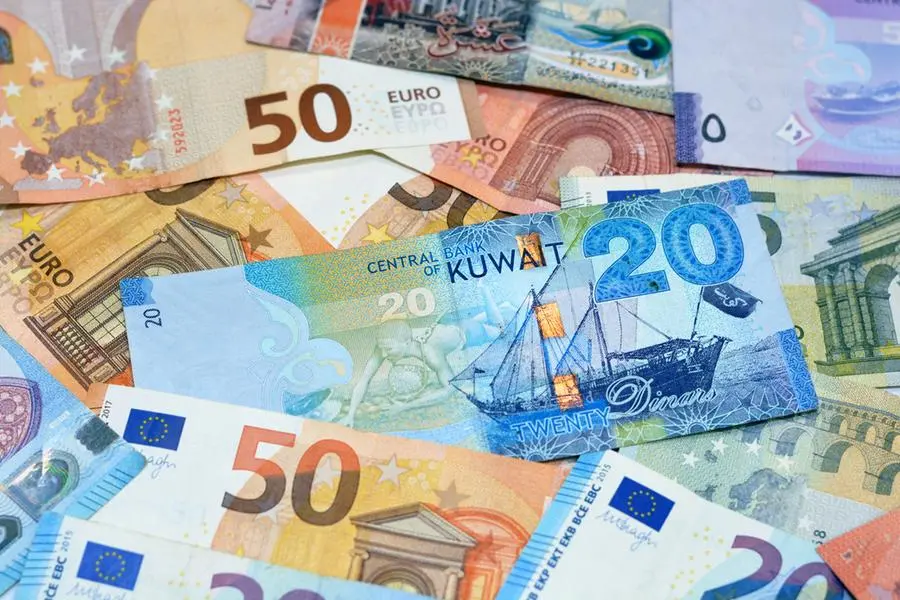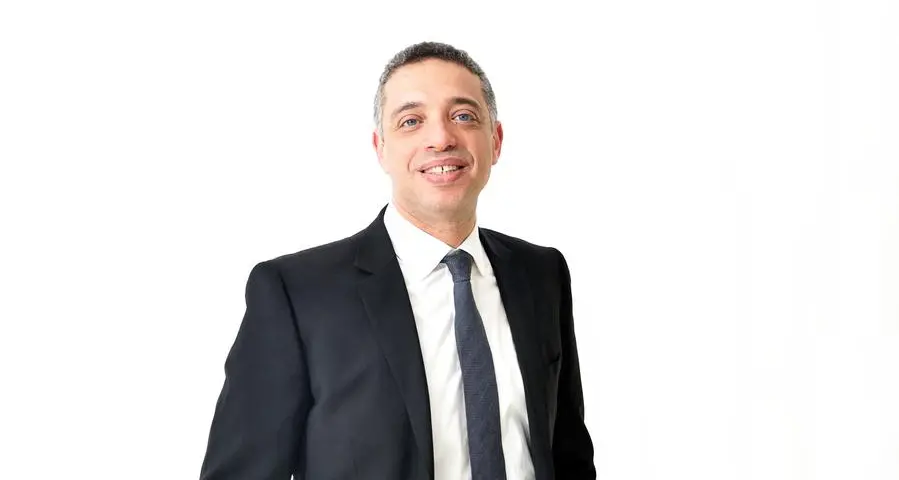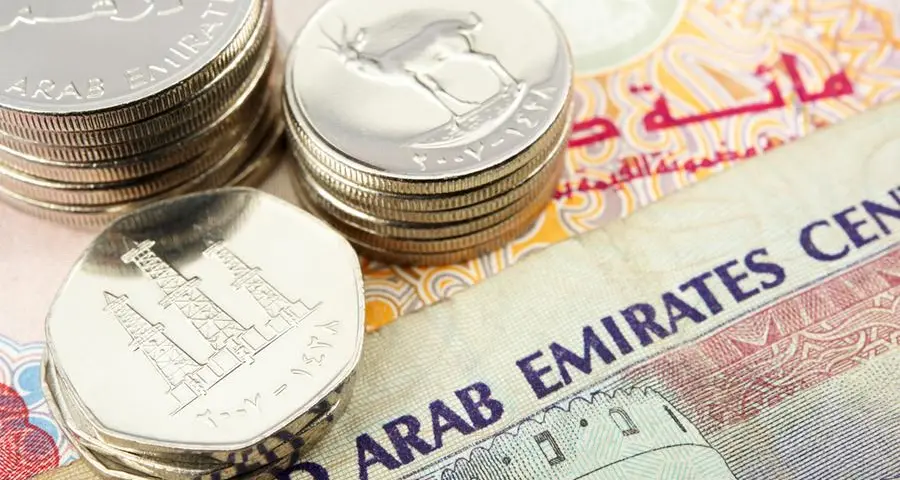PHOTO
Image used for illustrative purpose. Getty Images
Global military expenditure reached a staggering $2.443trn in 2023, marking a significant 6.8% increase from the previous year. This represents the steepest year-on-year rise since 2009, according to a new report by the Stockholm International Peace Research Institute (SIPRI).
According to the report, this concerning trend marks the ninth consecutive year of growth in global military spending. Notably, all five geographical regions defined by SIPRI witnessed spending increases, with particularly sharp rises observed in Europe, Asia, Oceania, and the Middle East.
“The unprecedented rise in military spending is a direct consequence of the global deterioration in peace and security,” commented Nan Tian, Senior Researcher with SIPRI’s Military Expenditure and Arms Production Programme. “States are prioritizing military strength, but risk escalating tensions in the already volatile geopolitical landscape.”
Top Spenders and Regional Trends
The top 10 military spenders in 2023 were the United States, China, Russia, India, Saudi Arabia, the United Kingdom, Germany, Ukraine, France, and Japan.
The report attributes the global upsurge to the ongoing war in Ukraine, escalating geopolitical tensions in Asia and Oceania, and the Middle East. Notably, military spending increased across all five regions, with Europe, Asia and Oceania, and the Middle East experiencing the most significant growth.
Russia’s military spending witnessed a substantial 24% increase to an estimated $109bn in 2023. This represents a staggering 57% rise since 2014, the year it annexed Crimea. Military spending now accounts for 16% of Russia’s total government spending and 5.9% of its GDP.
Ukraine, facing the brunt of the war, became the eighth-largest spender in 2023 with a 51% surge in expenditure, reaching $64.8bn. This translates to a significant military burden of 37% and represents 58% of Ukraine’s total government spending. While Ukraine’s spending remained 59% lower than Russia’s in 2023, it received at least $35bn in military aid, with $25.4bn coming from the United States alone. Combined, this aid and Ukraine’s own spending equate to roughly 91% of Russia’s military expenditure.
The United States remains the dominant spender within NATO, contributing $916bn in 2023, which represents 68% of the alliance’s total military expenditure. However, most European NATO members also increased their spending in 2023, collectively accounting for 28% of the total – the highest share in a decade. Canada and Turkey make up the remaining 4%.
Regional Breakdown
The Americas accounted for the largest share (41%) of global military spending in 2023, followed by Asia and Oceania (24%), Europe (24%), the Middle East (8.2%), and Africa (2.1%).
The report indicated that military expenditure in Africa reached $51.6bn in 2023, reflecting a 22% increase from 2022.
North African countries witnessed a particularly sharp rise (38%) compared to 2022, driven primarily by Algeria’s significant 76% increase in spending.
SIPRI attributed this surge to a rise in gas exports to Europe following their move away from Russian supplies. Conversely, Morocco’s military spending decreased for the second consecutive year.
Sub-Saharan Africa’s expenditure reached $23.1bn in 2023, marking an 8.9% increase compared to 2022. This rise is primarily due to a 20% increase in spending by Nigeria, the region’s largest spender, alongside notable increases from other countries.
Meanwhile, the Middle East witnessed a significant 9.0% increase in military spending in 2023, reaching an estimated $200bn.
The report indicated that this marks the highest annual rise in the past decade.
“Spending grew in the region’s top three spenders: Saudi Arabia, Israel, and Turkey. Notably, Israel’s spending surged by 24% due to its large-scale offensive in Gaza,” the report added.
On the other hand, Iran, the fourth-largest spender in the region, saw a marginal increase (0.6%) in its military expenditure in 2023, the report highlighted.
It added that Notably, the share of spending allocated to the Islamic Revolutionary Guard Corps (IRGC) has been steadily rising since 2019, reaching 37% in 2023. Additionally, spending on aircraft procurement from Iran Aircraft Manufacturing Industrial Corporation (HESA) witnessed a 27% increase over the same period. Among other things, HESA produces uncrewed aerial vehicles (UAVs) used by the IRGC.
© 2024 Daily News Egypt. Provided by SyndiGate Media Inc. (Syndigate.info).
